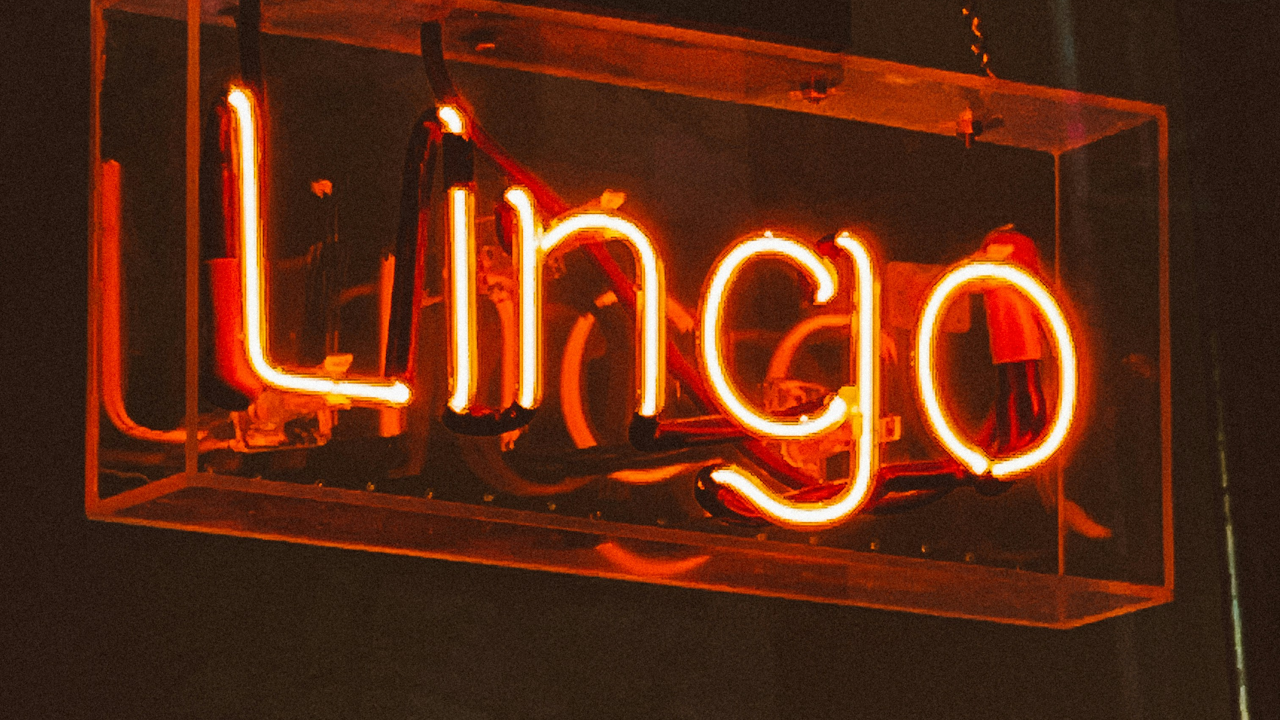Language is a constantly evolving entity, shaped by cultural shifts, technological advancements, and societal influences. Slang, in particular, serves as a linguistic reflection of each era, embodying the attitudes, values, and trends of the time. Over the decades, slang words have transformed, adapted, and even resurfaced with new meanings, offering a fascinating glimpse into the ever-changing nature of communication.
The early 20th century witnessed the emergence of slang deeply rooted in the Jazz Age and Prohibition era. The 1920s introduced terms like “bee’s knees” and “cat’s pajamas” to describe something excellent or outstanding. This decade also popularized words associated with the underground world of speakeasies, such as “giggle water” (alcohol) and “hooch” (liquor). Gangster culture also played a role in slang evolution, with terms like “big cheese” signifying an influential person.
The 1930s and 1940s saw the impact of the Great Depression and World War II on slang. The economic struggles of the 1930s gave rise to words like “boondoggle,” referring to wasteful spending, while “cheesy” evolved to describe something of poor quality. Meanwhile, wartime introduced military slang into the mainstream, with phrases such as “snafu” (Situation Normal: All Fouled Up) and “G.I.” (government issue) becoming commonplace.
As America entered the 1950s, the post-war boom and rise of youth culture contributed to a fresh wave of slang. The birth of rock ‘n’ roll influenced language, with words like “cool” and “hip” becoming symbols of rebellion and style. The decade also introduced phrases such as “going steady” (being in an exclusive relationship) and “square” (someone out of touch with modern trends). The 1950s set the stage for the linguistic rebellion that would characterize the following decades.
The 1960s and 1970s were defined by countercultural movements, civil rights activism, and the rise of the hippie and disco scenes. This era saw an explosion of slang reflecting the free-spirited and socially conscious attitudes of the time. Terms like “groovy,” “far out,” and “dig it” became synonymous with hippie culture, while “peace out” and “flower power” embodied the anti-war movement. The 1970s disco craze also contributed to the lexicon, with words like “boogie” and “funky” gaining popularity.
By the 1980s, slang had begun to reflect the increasing influence of technology, pop culture, and materialism. The decade of excess introduced terms such as “gnarly” (used to describe something impressive or dangerous), “rad” (short for radical), and “totally” as an intensifier. The rise of Valley Girl culture, popularized by films and music, brought phrases like “gag me with a spoon” and “like, totally” into mainstream speech. Hip-hop also began to leave its mark on slang, introducing terms like “fresh” and “dope” to describe something exceptional.
The 1990s carried forward some linguistic trends from the previous decade while adding its own unique spin. The rise of grunge music and alternative culture introduced words like “slacker” and “poser,” while the continued influence of hip-hop gave birth to slang like “phat” (meaning great or impressive). Teen culture and sitcoms popularized phrases such as “whatever,” “talk to the hand,” and “all that and a bag of chips.” The internet also began shaping language, paving the way for the digital slang explosion of the 2000s.
The early 2000s marked the beginning of internet-driven slang, heavily influenced by online forums, text messaging, and early social media platforms. Acronyms like “LOL” (laugh out loud), “BRB” (be right back), and “OMG” (oh my God) became ubiquitous. The rise of reality TV contributed words such as “bling” (flashy jewelry) and “cray” (short for crazy) to the mainstream. Social media platforms like MySpace and Facebook played a role in spreading slang rapidly, making phrases like “epic fail” and “YOLO” (you only live once) cultural staples.
By the 2010s, meme culture and social media significantly shaped slang, with platforms like Twitter, Instagram, and TikTok accelerating the spread of new terms. Words such as “lit” (exciting or excellent), “shade” (subtle insult), and “salty” (bitter or upset) became widely used. Viral challenges and internet trends influenced slang on a global scale, making terms like “FOMO” (fear of missing out) and “clapback” (witty retort) part of everyday vocabulary. This decade also saw older slang words being repurposed, such as “woke” evolving from its original meaning of being alert to social injustices into a broader cultural awareness term.
In the 2020s, digital communication continues to dictate slang trends. The rise of short-form video content on TikTok has led to the rapid creation and spread of phrases like “rizz” (short for charisma), “mid” (mediocre), and “sus” (suspicious). Online gaming communities have also contributed significantly to modern slang, with terms like “GG” (good game) and “simp” (someone overly submissive in relationships) gaining traction. Additionally, Gen Z has popularized abbreviations and emojis as a form of expression, blurring the lines between written and spoken language.
Each decade leaves its linguistic fingerprint, shaping the way people communicate and connect. Slang serves as a cultural timestamp, reflecting societal attitudes, technological progress, and generational shifts. As the world becomes increasingly interconnected, the evolution of slang will continue to accelerate, ensuring that language remains as dynamic and adaptable as the people who use it.

